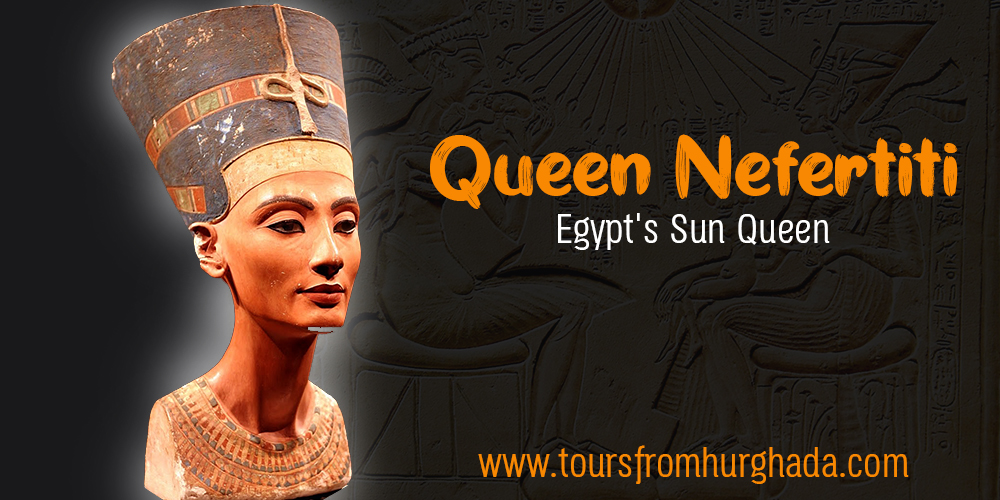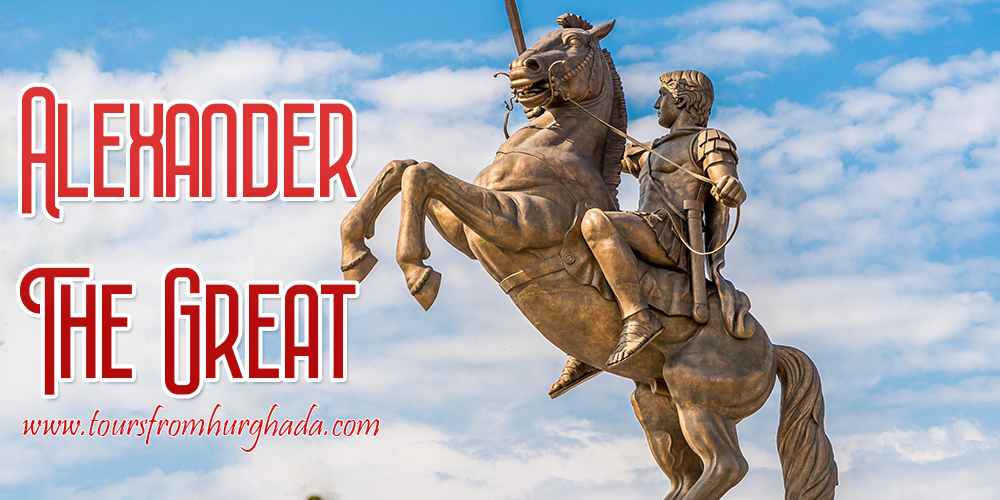Queen Nefertiti became the figure and symbol of beauty in Egypt, her name means a "beautiful woman has come", but she also gained many titles like lady of grace, great of praises, lady of the two lands, mistress of upper and lower Egypt, main king's wife, the beloved of Akhenaten. She is surrounded with mystery as a great deal of her life and even her death and tomb are unknown or under great debate, She could be one of the most famous and well-known characters in the history of ancient Egypt.
Queen Nefertiti History
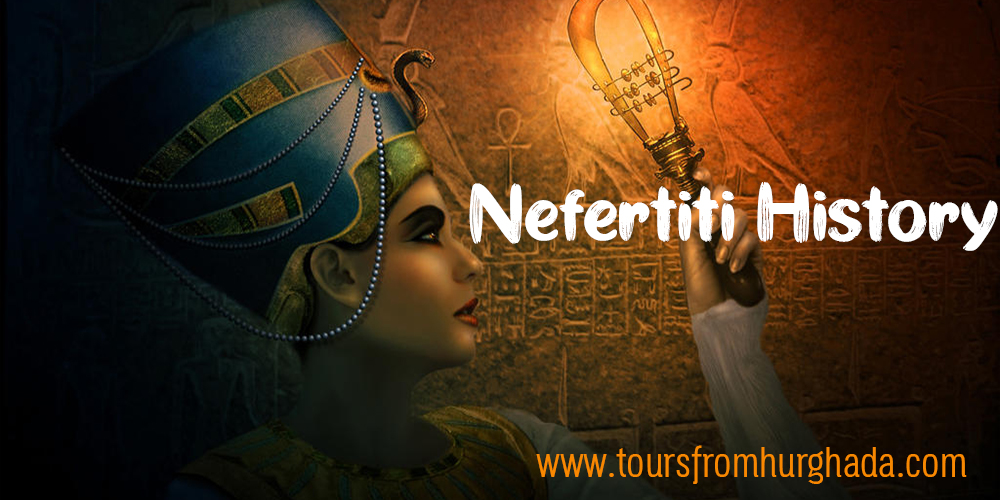 Queen Nefertiti started her journey to immortal fame by being the main wife of the Pharaoh Akhenaten (1353-1336 BC) before he became the ruler of Egypt after his father’s death when she was only 15 years old. She ruled side by side with her husband as his queen-regent, her origin is under debate as some believe she was from foreign country possibly Syria and others believe she was the daughter of a high official known as Ay.
Queen Nefertiti started her journey to immortal fame by being the main wife of the Pharaoh Akhenaten (1353-1336 BC) before he became the ruler of Egypt after his father’s death when she was only 15 years old. She ruled side by side with her husband as his queen-regent, her origin is under debate as some believe she was from foreign country possibly Syria and others believe she was the daughter of a high official known as Ay.
Akhenaton and Queen Nefertiti family
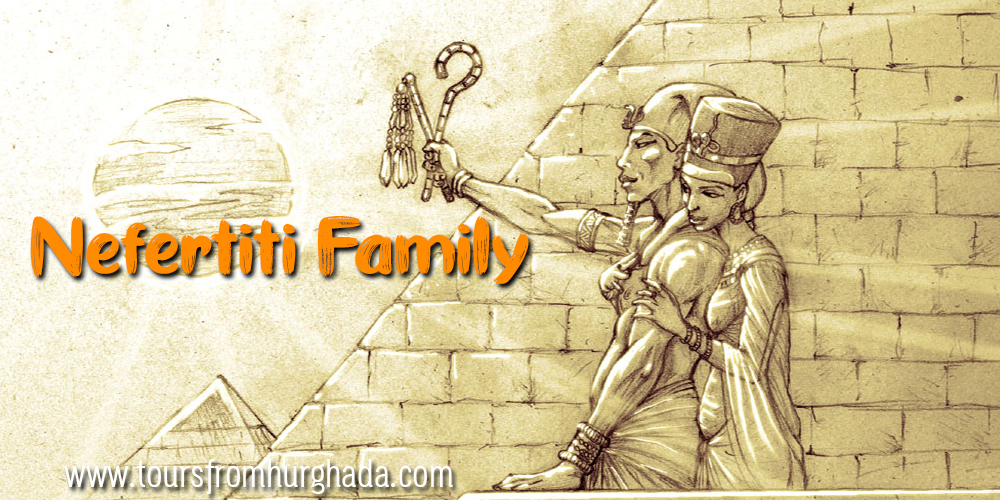 Queen Nefertiti stood beside her husband while an attempted to change the worship of Amun to the new only one god Aton and declare Atonism the official religion of the land and she changed her name to Neferneferuaten which means the “Beautiful of Aton” and she was with him during his movement to his new capital Akhetaton in El-Amarna. She is shown sitting on the throne, wearing the crown. She had six daughters from Akhenaten most famous was Ankhesenpaaten who married her half-brother Tutankhamen.
Queen Nefertiti stood beside her husband while an attempted to change the worship of Amun to the new only one god Aton and declare Atonism the official religion of the land and she changed her name to Neferneferuaten which means the “Beautiful of Aton” and she was with him during his movement to his new capital Akhetaton in El-Amarna. She is shown sitting on the throne, wearing the crown. She had six daughters from Akhenaten most famous was Ankhesenpaaten who married her half-brother Tutankhamen.
Queen Nefertiti Tomb
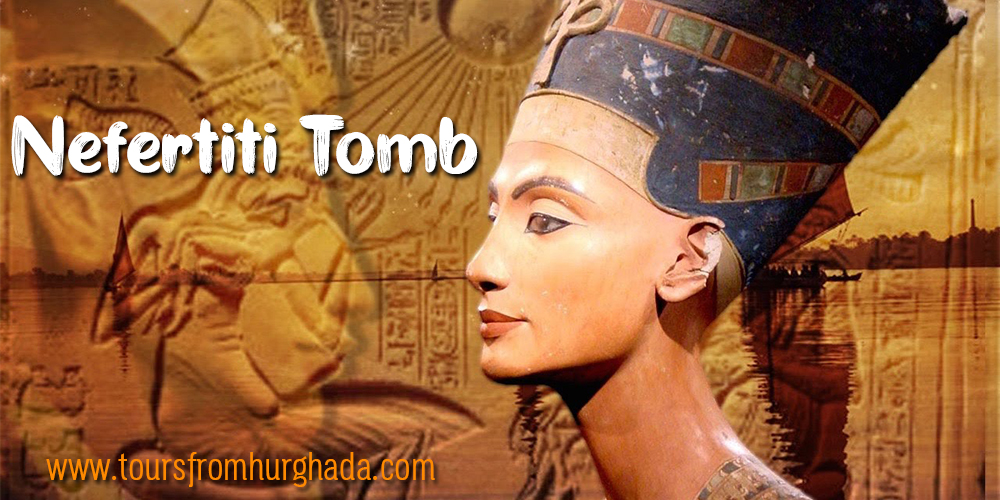 The location of Nefertari's tomb is still under great debate as there are two mummies under the names of the elder lady and the younger lady located in the Valley of the Kings who is considered to be true body of her. The condition of her death is also under debate as it is presumed that she died.
The location of Nefertari's tomb is still under great debate as there are two mummies under the names of the elder lady and the younger lady located in the Valley of the Kings who is considered to be true body of her. The condition of her death is also under debate as it is presumed that she died.
Nefertiti Bust
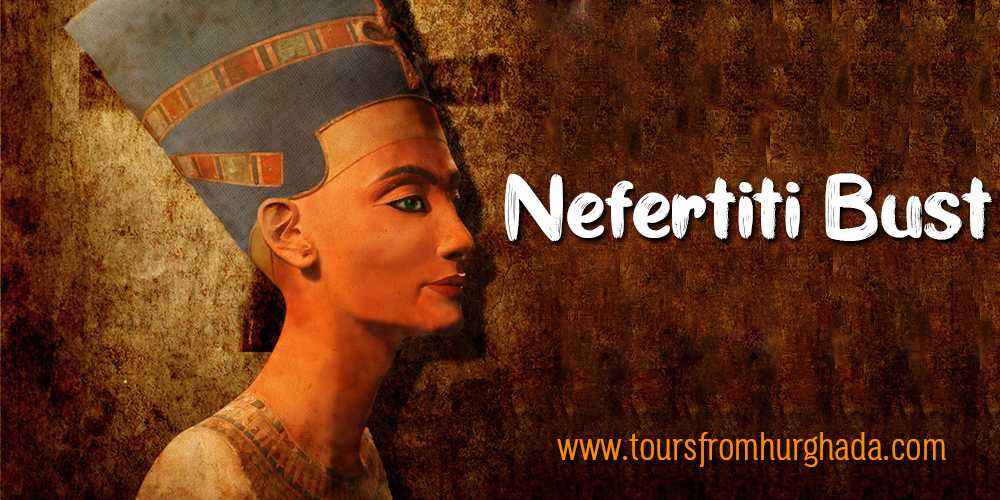 The Nefertiti Bust is a painted stucco-coated limestone carving of her face. This artifact has been crafted in 1345 B.C. by the sculptor Thutmose, as it was found in his workshop in the city of Aten Amarna. It is highly famous for its hypnotic beauty or exemplifying the ancient Egyptians understanding of realistic facial proportions.
The Nefertiti Bust is a painted stucco-coated limestone carving of her face. This artifact has been crafted in 1345 B.C. by the sculptor Thutmose, as it was found in his workshop in the city of Aten Amarna. It is highly famous for its hypnotic beauty or exemplifying the ancient Egyptians understanding of realistic facial proportions.

